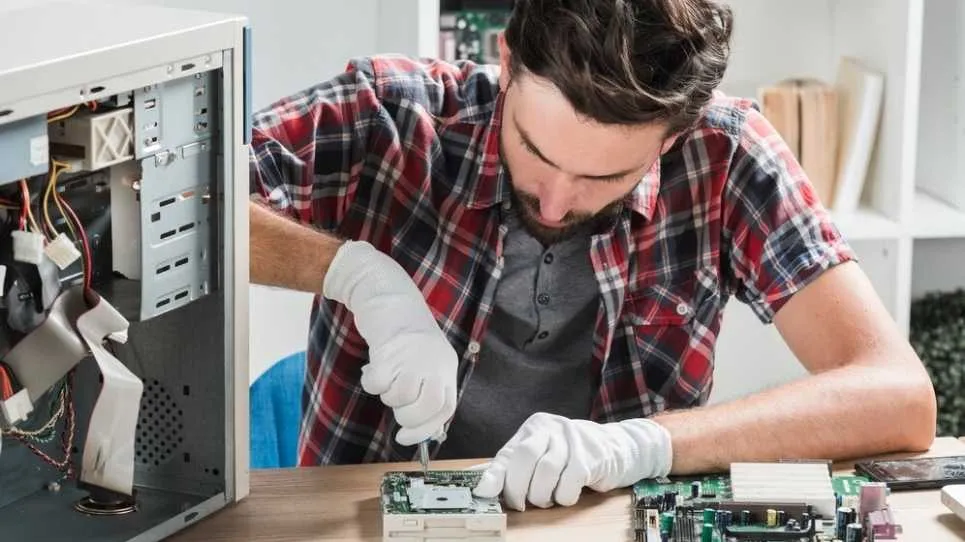The Complete Guide to Choosing the Right Parts

Building your own PC can be a daunting task, but it’s also a rewarding one. It’s a great way to save money, get the exact specs you want, and learn more about how your computer works.
In this post, we’ll walk you through everything you need to know to build your own PC. We’ll cover the different parts you’ll need, how to choose them, and how to put them all together.
What is a PC?
A PC, or personal computer, is a computer that is designed for individual use. It can be used for a variety of tasks, including gaming, productivity, and entertainment.
Why is it important to build your own PC?
There are a few reasons why building your own PC is important. First, it can save you money. You can often get better deals on individual parts than you can on a pre-built PC.
Second, you can get the exact specs you want. When you build your own PC, you can choose the exact CPU, GPU, RAM, storage, and other components that you need.
Third, it’s a great way to learn more about how your computer works. Building your own PC will give you a deeper understanding of the different components and how they work together.
When was the first PC created?
The first PC was created in 1975 by Steve Jobs and Steve Wozniak. It was called the Apple I, and it was a kit that users had to assemble themselves.
The first commercial PC was released in 1977 by IBM. It was called the IBM 5150, and it was a major success.
What are the different parts of a PC?
There are six main parts of a PC:
- Motherboard: The motherboard is the main circuit board of the PC. It connects all of the other components together.
- CPU: The CPU, or central processing unit, is the brain of the PC. It’s responsible for carrying out instructions.
- GPU: The GPU, or graphics processing unit, is responsible for rendering graphics.
- RAM: RAM, or random access memory, is where the PC stores data that it’s currently using.
- Storage: Storage is where the PC stores data that it’s not currently using.
- Power supply: The power supply provides power to all of the other components.
How to choose the right parts for your PC
When choosing parts for your PC, you need to consider your needs and budget.
CPU: The CPU is the most important part of your PC. It will determine how fast your PC can run. If you’re planning on doing anything demanding, such as gaming or video editing, you’ll need a powerful CPU.
GPU: The GPU is important for graphics performance. If you’re a gamer or you do any other graphics-intensive tasks, you’ll need a powerful GPU.
RAM: RAM is important for multitasking. If you plan on running multiple programs at once, you’ll need plenty of RAM.
Storage: Storage is important for storing your files and programs. If you have a lot of files, you’ll need a lot of storage.
Power supply: The power supply needs to be powerful enough to support all of your components.
How to build your own PC
Building your own PC is a relatively simple process. However, it’s important to follow the instructions carefully.
Here are the basic steps for building your own PC:
- Assemble the case.
- Install the motherboard.
- Install the CPU.
- Install the GPU.
- Install the RAM.
- Install the storage.
- Install the power supply.
- Install the operating system.
Conclusion
Building your own PC is a great way to save money, get the exact specs you want, and learn more about how your computer works.
Recommendations
- If you’re new to building PCs, I recommend checking out some tutorials online.
- There are also a number of resources available to help you choose the right parts for your PC.
- Once you’ve built your PC, be sure to test it to make sure everything is working properly.
Find this and many more knowledge guides on Monkicon